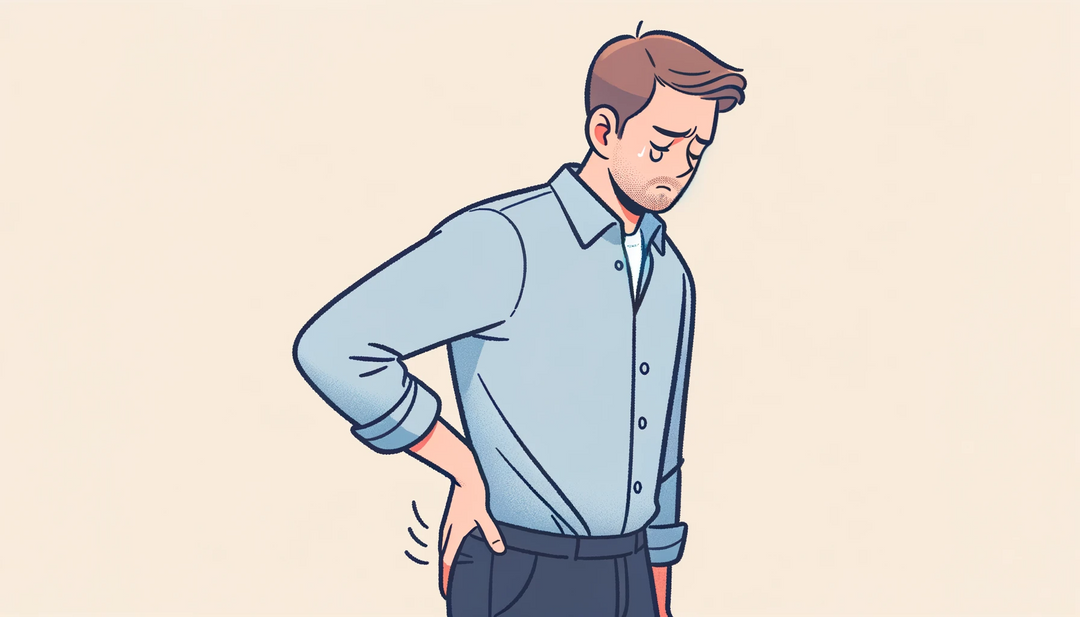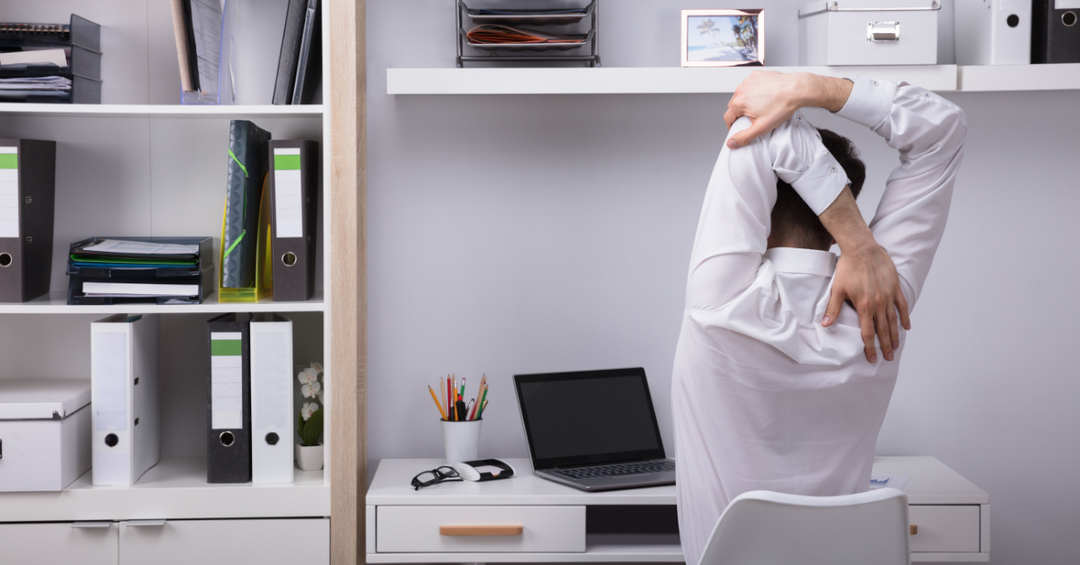What NASA Scientist Joan Vernikos Teaches Us About Standing Desks

“Our body was designed to live in gravity as a perpetual motion machine.”
Some of us read this quote, reflect on our typical day, and just think, ‘Yikes… I pretty much stay in one place... all day…everyday’
Former director of Life Sciences at NASA Joan Vernikos offers the quote in her book bluntly titled Sitting Kills, Moving Heals: How Everyday Movement Will Prevent Pain, Illness, and Early Death -- and Exercise Alone Won't
The book explores the grim science behind how a sedentary lifestyle degrades our health and happiness. And how movement is the key to turning the ship around. The solution is sound — but we face an obvious challenge: how can we live a life rich with movement when most of our work, by nature, is sedentary? That is — ‘confined’ to a computer.
She lends workarounds such as standing up, stretching, walking, and dancing throughout the day, every day.
One of these ‘workarounds’, we posit, is the standing desk. Within the past decade or so, standing desks have experienced a sort of new heyday — promised as the healthy antidote to sitting all day. As Mayo Clinic’s Dr. Levine’s work on how ‘sitting is the new smoking’ went nearly viral — so did the idea that standing desks would solve the problem.
But standing desks aren’t necessarily intuitive to use or easy to adjust to. On this, Dr. Vernikos is quoted,
...Listen, standing desks are only great if you're standing well, otherwise you're constantly fighting fatigue and chronic pain.
Working standing up for long periods of time is uncomfortable, painful, and not good for your body. Many people try adopting the ‘sit for 20, stand for 8, move and stretch for 2 minutes’ formula to beat the pain and fatigue. The trouble with this formula is that, once sitting, most of us are simply down for the count. Sitting invites more sitting by way simply of it being comfortable.
So what’s the solution here? And are standing desks an overrated fad?
In short, absolutely not. And we’ll explain how they actually a play a critical role in leading a healthier life, if used correctly.
We can take direction from the opening quote — and its focus on ‘perpetual motion’. The question becomes, how do we maintain perpetual motion when working at a standing desk?
What’s needed is a way for users to alternate comfortably between working positions throughout the day — never static for too long. Here ‘comfortably’ translates into: with the support of an excellent standing desk chair or stool that eases pain and fatigue.
The simplest way to alternate the gravity load on the body is by changing posture.
The easy ability to switch between positions, changing postures, is the critical component here that realizes this perpetual motion. And this is precisely where the right chair delivers — providing adequate, adjustable support to the body through these positions, for users to easily move dynamically throughout the day as fit.
See the pictures below to get an idea of what we mean by adequate and adjustable support — as modeled by our own LeanRite Elite standing desk chair:
Building even more motion into sedentary work can be done by tinkering with a footstool that allows more variation in stance. And using an anti-fatigue mat — so your muscles are constantly subtly moving to counteract the cushion-created instability of the mat. This prevents the discomfort of tight, static muscles. Setting up app reminders to move, stretch, walk, and even dance also helps tremendously.
Nothing speeds up brain atrophy like immobilization. And here we are, an entire population voluntarily immobilizing itself with its sedentary, comfort-oriented lifestyle. Gravity can’t help us when we’re sitting!
It is through this kind of multi-pronged approach to building more movement into our sedentary jobs that we have the opportunity to discover the benefits of ‘perpetual motion’ that Dr. Vernikos spent a lifetime studying. And a standing desk, if used properly, is part and parcel of this discovery of perpetual motion — key to finding freedom from the pains we all experience, working at computers all day. As Dr. Vernikos put it beautifully:
The bottom line is that by staying active, moving, and connected, you gain the reward of having energy all day, sleeping well at night, and feeling healthy, happy, and fulfilled. Just remember—your body is designed to move.
The LeanRite Elite offers standing desk users the support needed to stand comfortably for hours. Its versatile design adjusts easily between positions, supporting the body in numerous postures as comfortable. With a built-in anti-fatigue mat, and springs beneath the seat — stress on the body is reduced while muscle strain prevented through subtle, sustained micro-movements. Click to learn more about the LeanRite Elite standing desk chair.
p.s. Still haven’t found that sweet spot with a standing desk? See our post with more guidance, or comment below to let us know what you’re struggling with!






Leave a comment